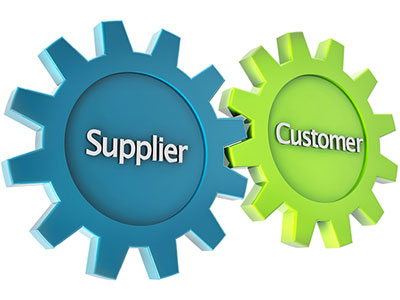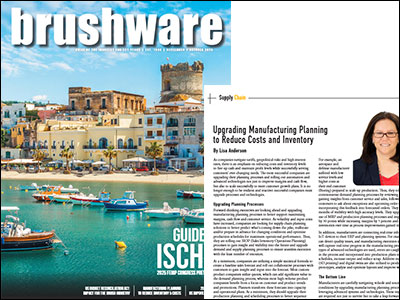Upskilling: Strengthening Today, Safeguarding Tomorrow
In this Supply Chain Byte, Lisa Anderson explains why manufacturers must upskill their workforce not only to improve efficiencies and reduce low-level work done by highly skilled employees, but also to preserve critical knowledge as Baby Boomers retire.












